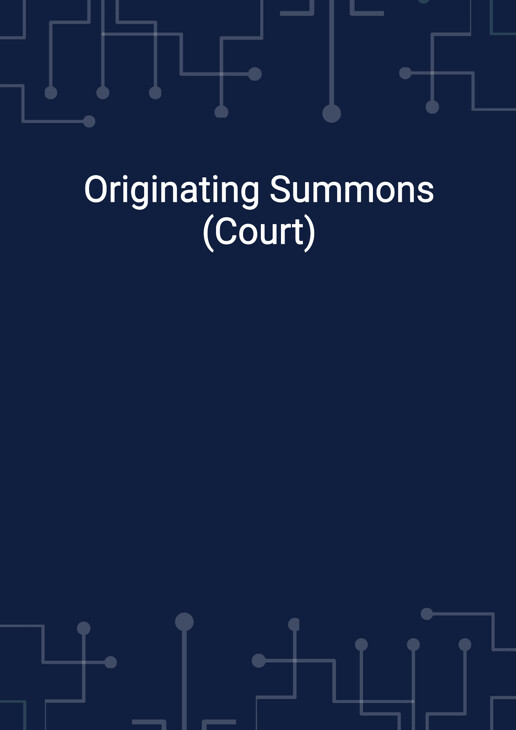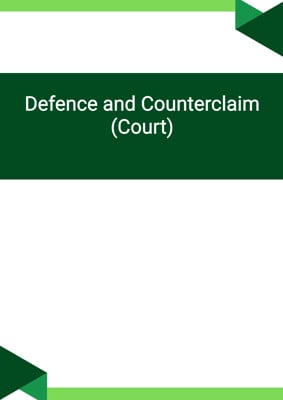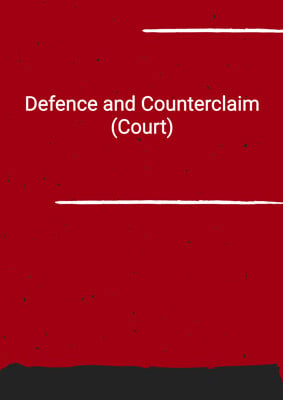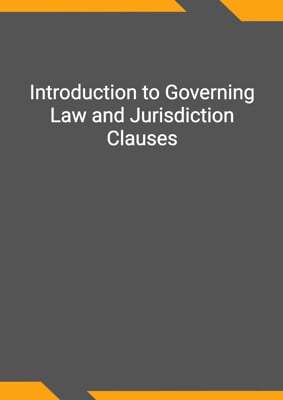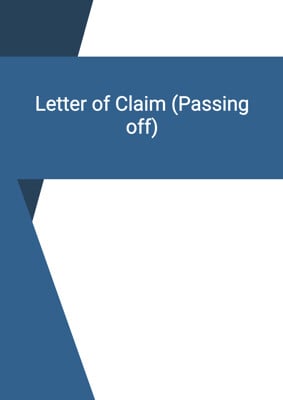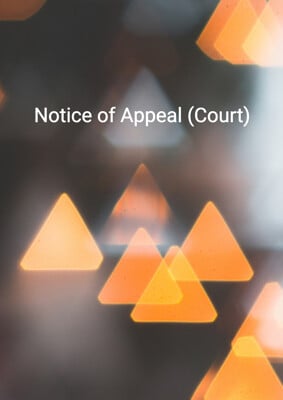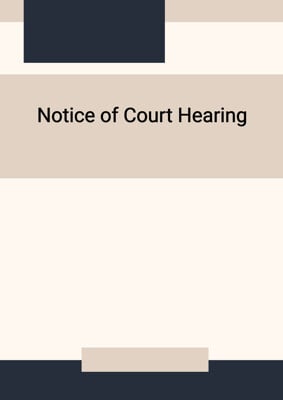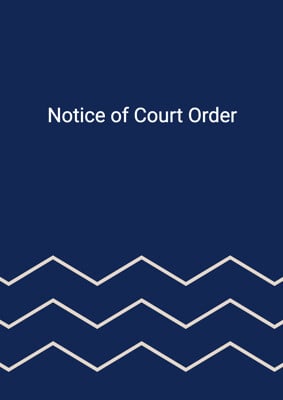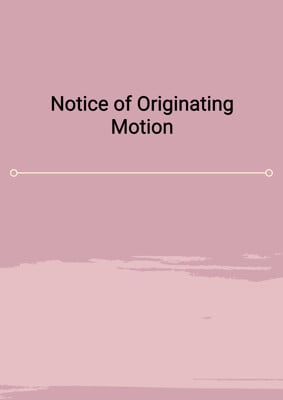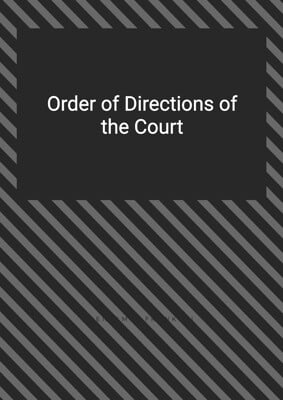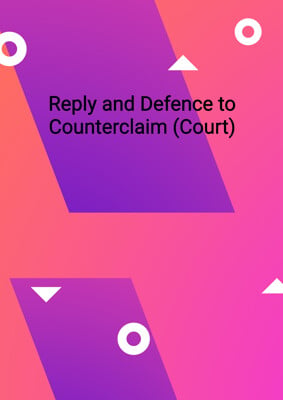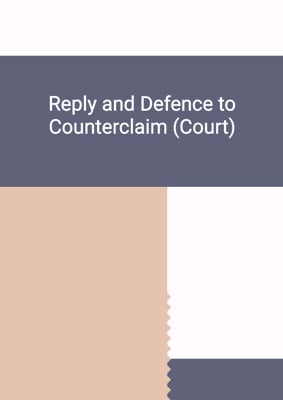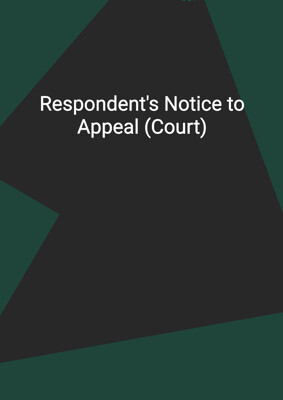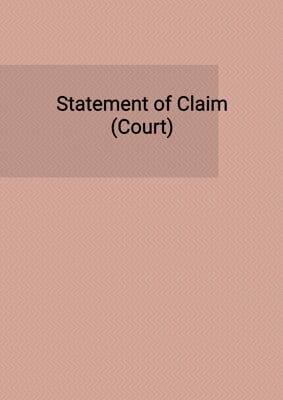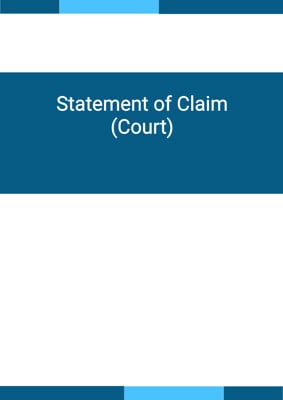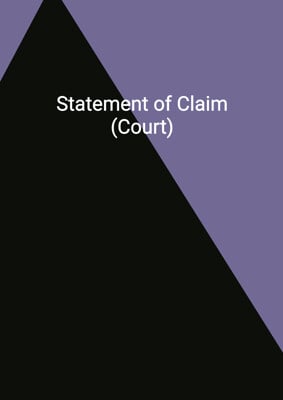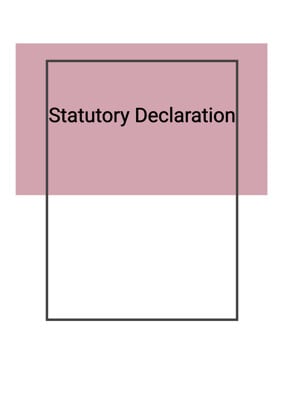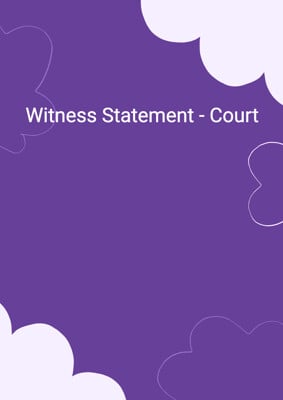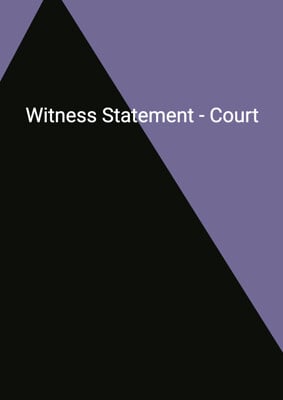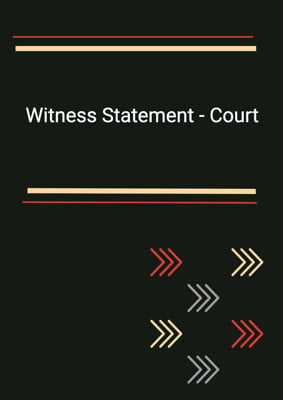How to Tailor the Document for Your Need?
01
Create Document
Fill in the details of the parties. You can click the "Fill with Member’s Information" button to complete it with information saved to your account.
02
Fill Information
Please fill in any additional information by following the step-by-step guide on the left hand side of the preview document and click the "Next" button.
03
Get Document
When you are done, click the "Get Document" button and you can download the document in Word or PDF format.
04
Review Document
The document should be signed by the authorised signatory (or directors of a company) and witnessed to complete the formality.
Document Preview
Document Description
The document titled 'Originating Summons (Court)' is a legal document that holds significant importance in legal proceedings. It serves as a formal request to the defendant to respond within a specific timeframe. The document consists of several sections, each playing a crucial role in the overall process.
1. Title: The title clearly states the nature of the document, indicating that it is an originating summons filed in a court.
2. Document Information: The document contains the current year, court jurisdiction, and a unique identification number. These details help in accurately identifying and referencing the document.
3. Parties Involved: The document identifies the plaintiff and defendant, providing their names and addresses. This ensures that both parties are clearly identified and can be properly served with the summons.
4. Originating Summons: This section contains the main body of the document. It instructs the defendant to return the acknowledgment of service within 14 days of receiving the summons. The specific timeframe is crucial for ensuring timely response and adherence to legal procedures.
5. Purpose of Summons: Depending on the context, the document may either be a claim or a request for the court's determination on certain questions. This section clarifies the purpose of the summons and sets the stage for further legal proceedings.
6. Consequences of Non-Compliance: The document highlights that if the defendant fails to acknowledge service, the court may proceed to give judgment or make orders against the defendant. This emphasizes the importance of timely response and compliance with legal requirements.
7. Date and Registrar: The document includes the current date and the name of the registrar who issued the summons. These details provide authenticity and official recognition to the document.
8. Note: This section specifies that the writ should be served within 12 calendar months unless renewed by court order. This ensures that the document remains valid and enforceable within a reasonable timeframe.
9. Address for Service: The document mentions the address of the plaintiff for service. This allows for proper communication and delivery of any further legal documents.
10. Important Directions: This section refers to the accompanying form that provides instructions for acknowledging service. It emphasizes the significance of following the provided directions for proper handling of the case.
The 'Originating Summons (Court)' document is a critical component of legal proceedings, ensuring that all parties involved are aware of their obligations and responsibilities. Its detailed sections cover various aspects, from identifying the parties to setting timelines and consequences, making it a comprehensive and essential document in the legal realm.
How to use this document?
Guidance for using the 'Originating Summons (Court)' document:
1. Serve the Summons: Ensure that the summons is properly served on the defendant within the jurisdiction of the court. This can be done through a recognized method, such as personal delivery or registered mail.
2. Acknowledgment of Service: Within 14 days of receiving the summons, the defendant must complete and return the accompanying acknowledgment of service to the court's registry. This step is crucial for initiating the legal process and establishing the defendant's participation.
3. Compliance with Timeframe: It is essential to strictly adhere to the 14-day timeframe for returning the acknowledgment of service. Failure to do so may result in adverse consequences, such as the court proceeding without the defendant's input.
4. Understand the Purpose: Determine whether the summons is a claim or a request for the court's determination. This will help in framing the subsequent legal arguments and actions accordingly.
5. Seek Legal Advice: If you are unsure about the implications or requirements of the summons, it is advisable to consult with a legal professional. They can provide guidance based on the specific circumstances and ensure that your rights and interests are protected.
6. Maintain Communication: Throughout the legal process, it is crucial to maintain open and effective communication with the court and the opposing party. Respond promptly to any further documents or requests to ensure a smooth progression of the case.
7. Comply with Court Orders: If the defendant fails to acknowledge service, the court may issue judgments or orders against them. It is essential to comply with any court orders promptly and fully to avoid further legal complications.
8. Keep Track of Deadlines: Pay close attention to any deadlines or timelines specified in subsequent court proceedings. Missing deadlines can have serious consequences and may negatively impact the outcome of the case.
9. Preserve Documents: Keep copies of all relevant documents, including the originating summons, acknowledgment of service, and any subsequent court orders or communications. These documents serve as evidence and may be required at various stages of the legal process.
10. Seek Professional Representation: If the legal matter becomes complex or involves significant stakes, consider engaging the services of a qualified lawyer. They can provide expert advice, represent your interests effectively, and navigate the legal process on your behalf.
